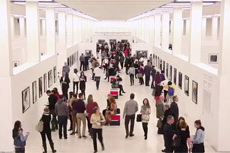Time Flies
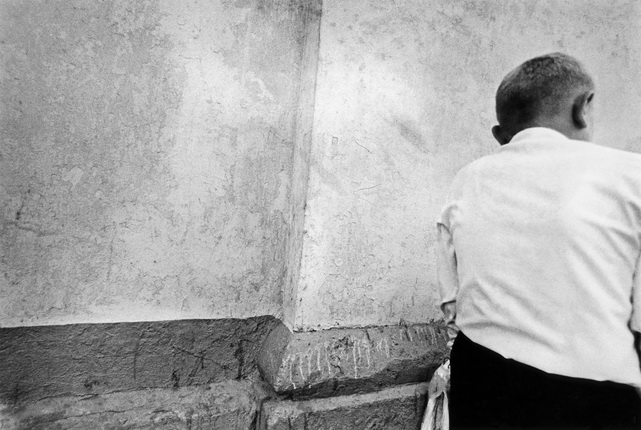
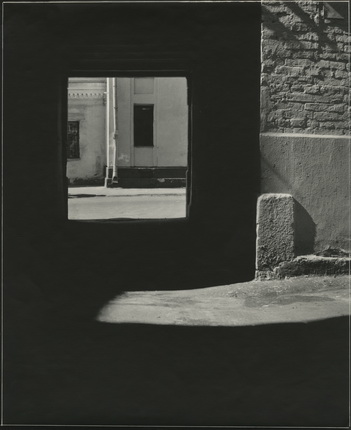
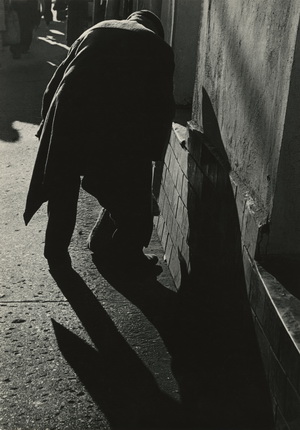
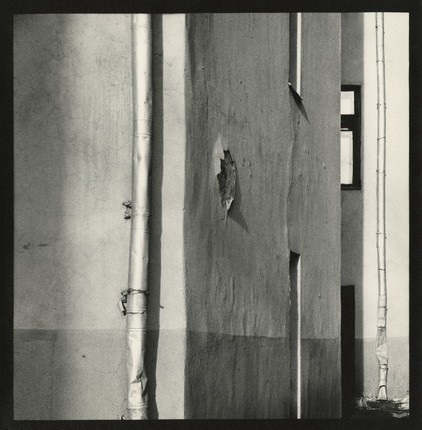

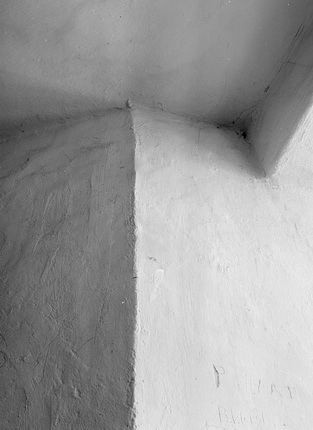

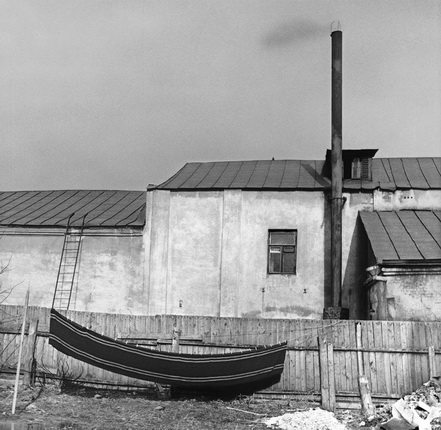
Alexander Lapin. Boy. 1981. Silver gelatin print
Alexander Lapin. Courtyard. 1980. Photographer's silver gelatin print
Alexander Lapin. Old man. 1980. Photographer's silver gelatin print. Collection of MAMM/Y. Rybchinsky and E. Gladkov Fund
Alexander Lapin. Wall. Early 1980s. Photographer's silver gelatin print. Collection of MAMM/Y. Rybchinsky and E. Gladkov Fund
Alexander Lapin. Kazansky Station. 1982. Photographer's silver gelatin print. Collection of MAMM/Y. Rybchinsky and E. Gladkov Fund
Alexander Lapin. Monument to a wall. 1981. Photographer's silver gelatin print
Alexander Lapin. Globe. 1986. Photographer's silver gelatin print
Alexander Lapin. Boat. 1981. Photographer's silver gelatin print
Moscow, 2.04.2014—18.05.2014
exhibition is over
Central exhibition hall Manege
1, Manege Square (
www.moscowmanege.ru
Share with friends
Project presented by the Moscow House of Photography Museum
For the press
As part of the 10th Anniversary Month of Photography in Moscow Photobiennale 2014, MAMM presents a retrospective of work by outstanding photographer Alexander Lapin, one of the most influential theoreticians of photography and a great pedagogue.
Lapin’s work is included in collections at the Pushkin State Museum of Fine Art in Moscow, the Museum of Fine Arts in Boston and the Corcoran Gallery of Art in Washington, as well as in private collections and galleries. He has participated in exhibitions worldwide: in Russia, Germany, Sweden, Denmark, Finland, France, the UK, the USA, etc. For five years, from 1992 to 1997, he was a member of the Commission on State Prizes in Fine Art under the President of the Russian Federation.
Alexander Lapin was an outstanding historian of photography with a superb knowledge of the principles of classical composition, and a brilliant command of shooting and printing techniques. His work shows a remarkable combination of ability to follow the canon and yet potential to constantly break the canon.
The early 80s marked a time of total stagnation, but there was already an anticipation of impending changes. Despite the apparent simplicity of the subject matter, nobody could express this period so convincingly and metaphorically as Lapin.
When discussing photography we speak primarily of the magic of light. For good reason the word for photography has a synonym in Russian — svetopis, which literally means ‘painting light’. The internal dynamics and inner tension in Lapin’s images are created with the aid of light. Such a cold, distanced light is surely impossible to find in works by other Russian photographers. Each of his photographs has its own unique merit, each is a statement that is not critical, not emotional, but existential.
Alexander Lapin was an excellent pedagogue, and at different times his students included Igor Mukhin, Gennady Bodrov, Alexander Sorin, Pavel Smertin and others. Photography was the guiding passion of his life and he generously shared this passion with pupils and friends. Lapin was skilled at analysing photography and wrote two theoretical textbooks that have been republished many times: ‘Photography as...’ and ‘Plane and Space, or Life as a Square’.
‘Probably even the brilliant Bresson couldn’t take everything into consideration while shooting,’ Lapin would often say. ‘It all happened later, when he could select an image from dozens of others, or reject them all. The photographer’s art doesn’t end at the moment he presses the button, it’s just beginning. The most difficult creative process is comprehending the things you photographed. What’s important here is culture, taste, understanding and talent.’ He authorized very few of his photographs. Thanks to his wife and co-worker Elena Lapina the public can now see those images as part of the Photobiennale 2014. This is the first large-scale exhibition of Alexander Lapin’s work in Russia, but sadly the photographer himself did not live to see it.

